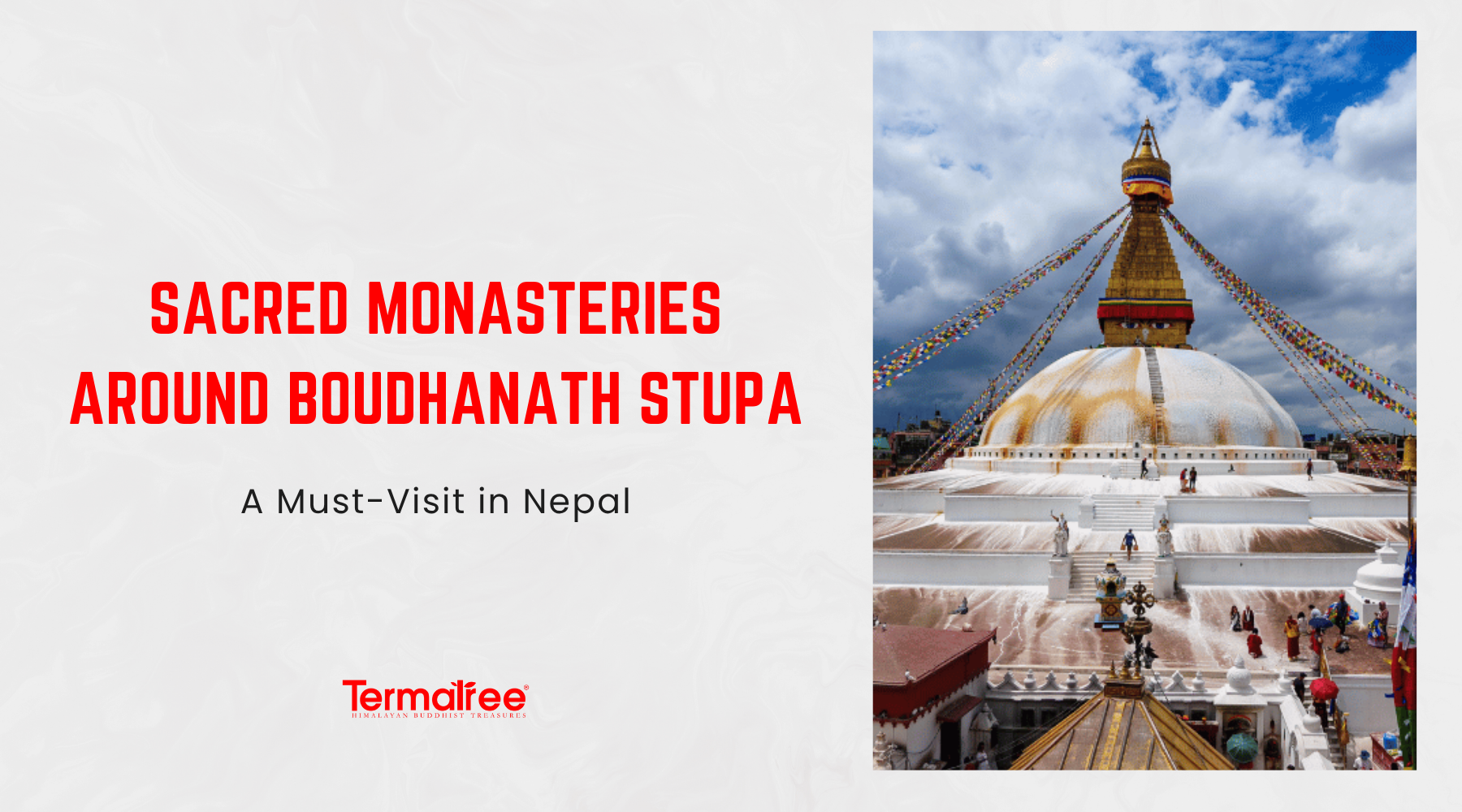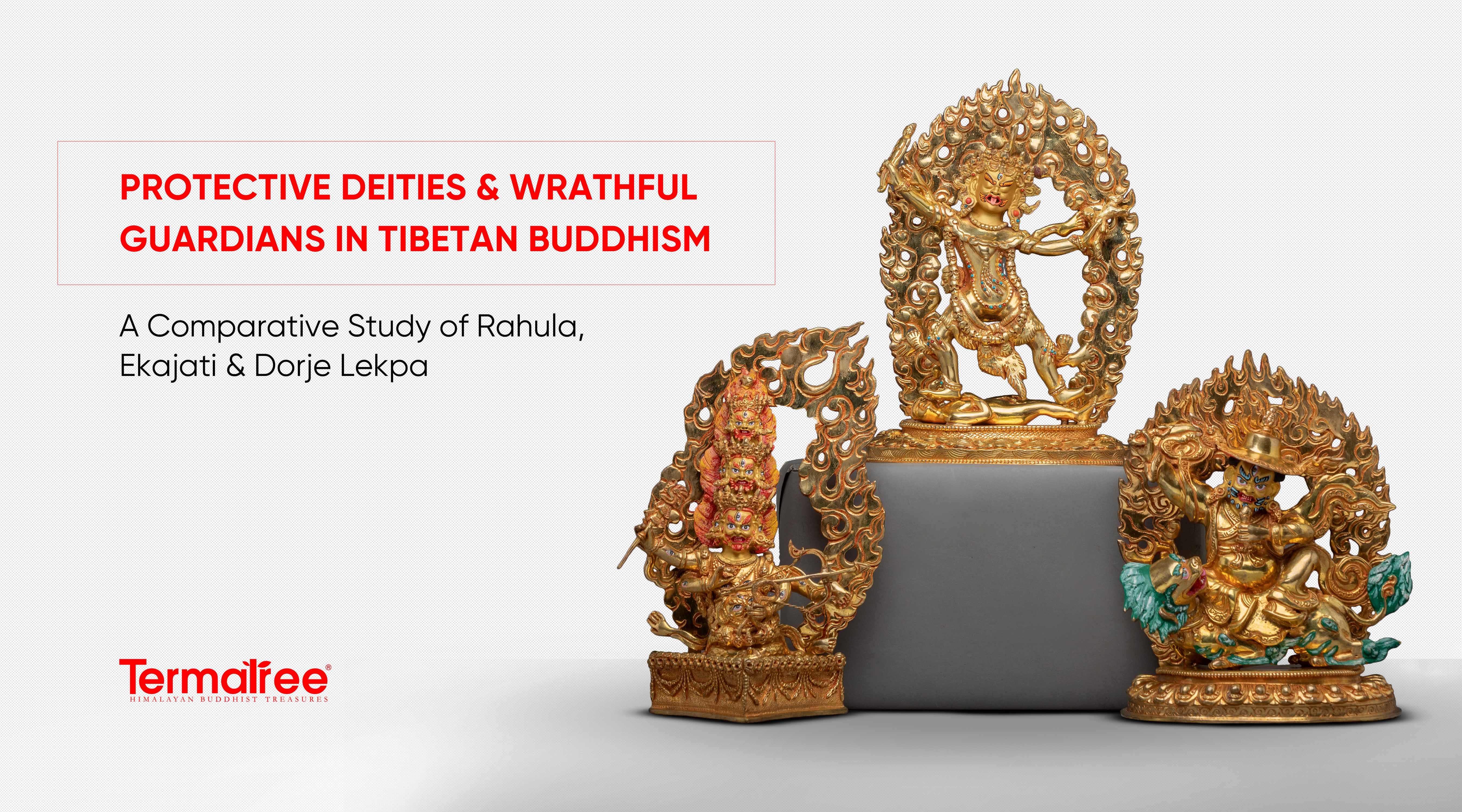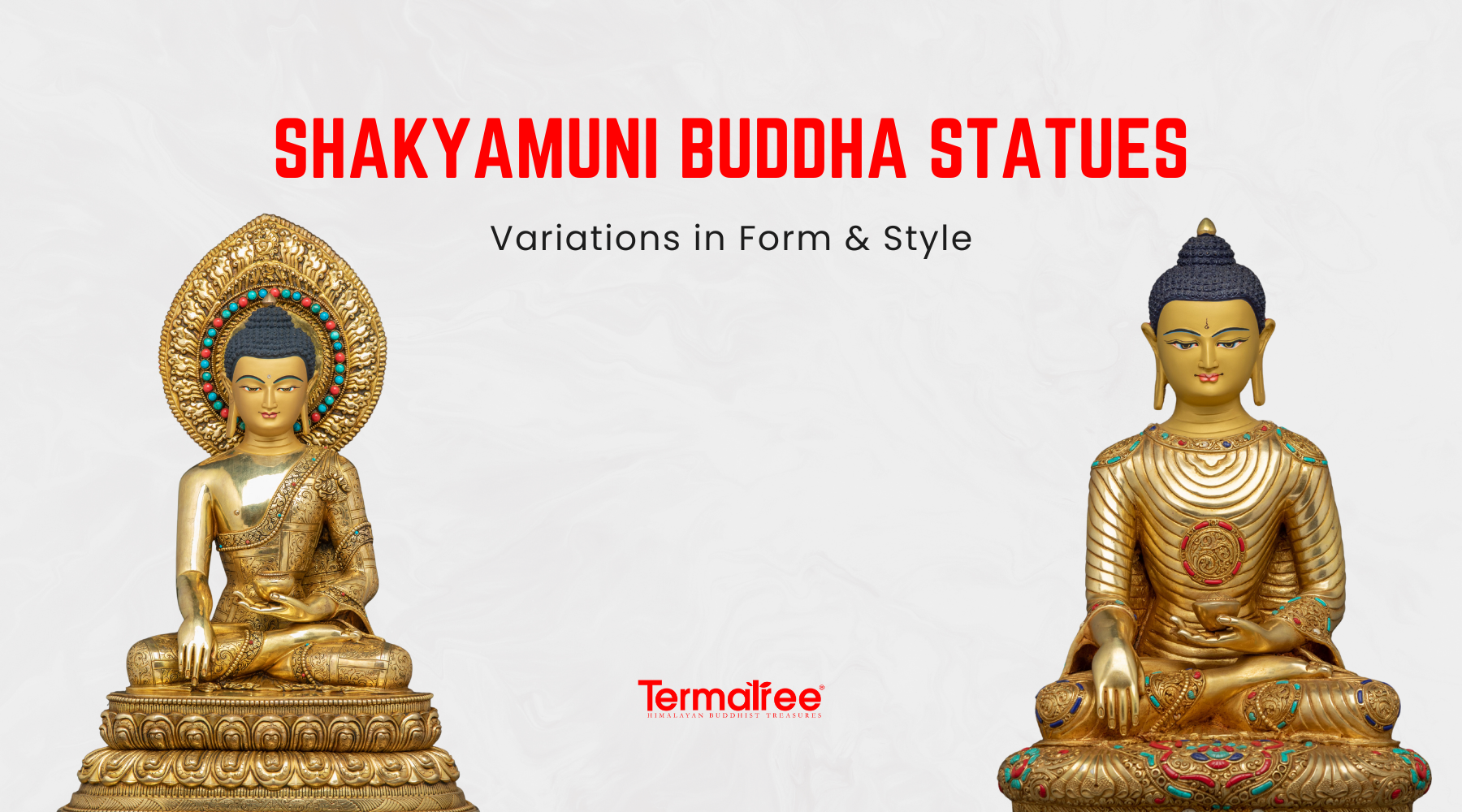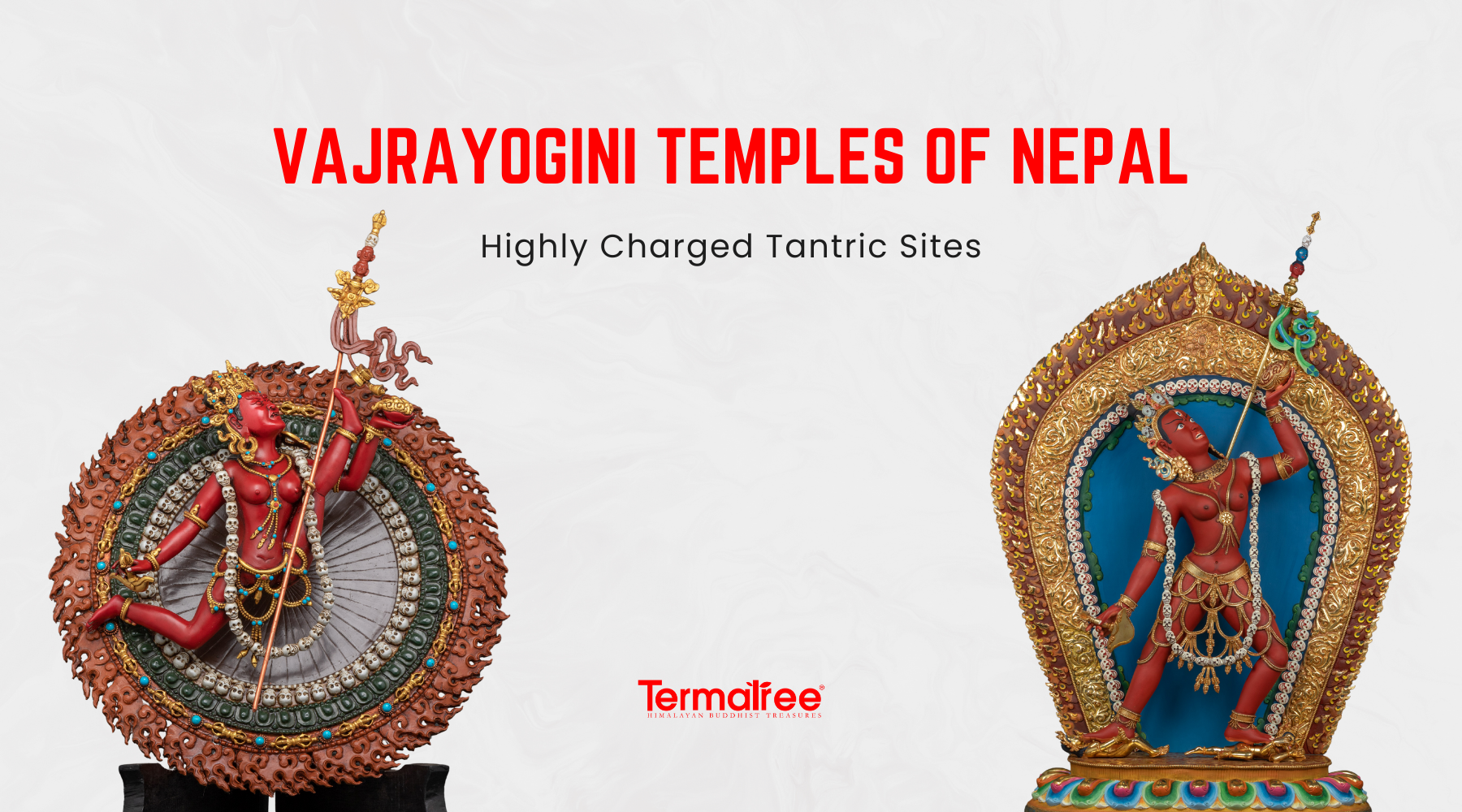Discover the Hidden Monastic Treasures Encircling Nepal’s Holiest Stupa
The Boudhanath Stupa, one of the largest and most significant stupas in the world, serves as the spiritual heart of Tibetan Buddhism in Nepal, located in Kathmandu. A UNESCO World Heritage Site, it is a destination for thousands of pilgrims and travelers seeking peace, mindfulness, and spiritual connection.
The serene, religious atmosphere of Boudhanath is filled with prayer wheels, prayer flags, and the steady pace of faithful people walking clockwise around its large white dome, known as the “kora.” The Buddha’s all-seeing eyes on the golden spire cast down, seemingly watching over everyone who approaches. But the authentic heart of Boudha is not found in the stupa itself. The sacred monasteries (gompas or gumbas) are nestled in the nearby lanes, with their rich histories, teachings, and traditions. These places are alive with the learning, meditation, and art of Buddhist practitioners. They are generations of monks and lamas who have shared and passed wisdom down for centuries.
The Boudha Stupa and its surrounding monasteries create a sacred and devoted space that beautifully intertwines everyday life and spirituality.
 Boudhanath Stupa (Photo From Holiday Stone Nepal)
Boudhanath Stupa (Photo From Holiday Stone Nepal)
Monasteries around Boudhanath
1. The Tamang Gompa or Guru Lhakhang Monastery
Guru Lhakhang Monastery, also known as Tamang Gompa, is a highly significant religious hub for the Tamang Buddhist community, one of the largest ethnic groups in Nepal, with a strong Tibetan Buddhist influence. The main stupa is very close to the main walk. The monastery features bright murals adorning the prayer halls, depicting scenes from the life of the Buddha, bodhisattvas, and other protective deities. The colors are deep and meaningful.
Visitors are usually welcomed with the calming sound of traditional horns and drums during prayer sessions. There is the scent of butter lamps and incense, creating a tranquil spiritual atmosphere. Additionally, it is an excellent opportunity to observe community rituals and seasonal celebrations, during which people wear bright colors to pray and offer gifts.
- Tip: Visit in the morning when the monks are chanting their prayers; the sound is soothing, filled with deep, resonant tones. It is an instance that puts across the spirit of Buddhism.
 (Photo From ECS Nepal)
(Photo From ECS Nepal)
2. Samtenling Gompa
Samtenling Gompa is a peaceful retreat that is perfect for visiting when you want to escape the noise and hustle of the main stupa. It is concealed somewhere, in a very tiny alley. It is a monastery that is characterized by meditation and Buddhist philosophy. It has monks and nuns who adhere to an austere monastic lifestyle that encompasses studying, contemplating, and ministry.
The central prayer room is also beautifully adorned, using colorful thangkas and elaborate mandalas. During prayer, you will be able to hear the rhythmic chanting of mantras and the sounds of traditional instruments. This creates a relaxing and spiritual soundscape.
- Tip: If visitors are respectful, Samtenling occasionally hosts open teachings, pujas, and meditation sessions. It is a beneficial place to take a rest and truly practice Buddhism.
3. The Shechen Monastery
Shechen Monastery is affiliated with the Nyingma school, the oldest school of Tibetan Buddhism. Dilgo Khyentse Rinpoche, one of the most revered Tibetan Buddhist masters of the 20th century, founded it. The first monastery was built in Tibet, but was later rebuilt in Kathmandu after the Chinese destroyed it. It remains one of the most significant locations of Buddhist art and education.
The monastery's architecture is visually stunning, with its colorful façade and intricately carved courtyards adorned with prayer wheels. Indoors, the vast assembly hall contains a giant statue of Guru Rinpoche (Padmasambhava), and on the walls, there is a beautiful painting of excellent gurus executed by expert monks.
Shechen is another founder of the Bao Shechen Institute, where hundreds of monks study the philosophy of Buddhism and the art of rituals and meditation. Tourists have the opportunity to attend teachings, visit the monastery cafe (with its tranquil garden atmosphere), and explore the artisan shop, where monks create handmade products.
- Tip: You won't witness the monastery's annual Cham Dance festival, where monks perform holy masked dances. It is an opportunity to witness an ancient Tibetan ritual.
4. Thrangu Tashi Choling monastery
 (Photo From Rinpoche)
(Photo From Rinpoche)
The Thrangu Tashi Choling monastery is associated with one of the most renowned teachers of the Kagyu school, Khenchen Thrangu Rinpoche, who established the monastery near the eastern gate of the Boudhanath stupa. The monastery is both a monk school and a destination for deep learning about the philosophy, meditation, and rituals of Tibet.
The large hall was the focal point. The shrine is magnificent; in the middle of it stands a large golden statue of Buddha Shakyamuni, surrounded by smaller statues. The lineage masters are situated around it. The walls are also painted with intricate artwork depicting significant Buddhist incidents. The daily ceremonies of chanting performed by the monks are powerful and emotional.
- Tip: Take a trip before daybreak to observe the morning prayers, when the atmosphere is serene and tranquil. The atmosphere is filled with the sound of horns, cymbals, and chanting, creating a wonderful and joyful experience.
5. Ka-Nying Shedrub Ling Monastery
The Ka-Nying Shedrub Ling Monastery, commonly referred to as the White Monastery, is a vital component of Tibetan Buddhist education in Nepal. The stupa is within a few minutes' walk to the north. It was initiated by one of the most significant meditation instructors of the 20th century, Tulku Urgyen Rinpoche, in 1972.
Hundreds of monks learn to meditate very hard in the monastery, assisted by senior teachers. The facility features a meditation center, including a real shrine hall, a residence, and a retreat house for both local and foreign practitioners.
Ka-Nying is also characterized by contemporary outreach and open teachings. Pujas, meditation classes, and Dharma lectures are occasionally in English. They are open to visitors.
- Tip: Don't overlook the small courtyard and the tiny café there. The best place to sit, rest, have tea, and absorb the calm atmosphere of the monastery.
6. The Tharlam Monastery
Tharlam Monastery was initially constructed in Tibet during the 15th century. It was recreated in Boudhanath after the Tibetan diaspora. It belongs to the Gelug tradition, and it is necessary to preserve monastic education and Buddhist scholarship.
The monastery's structure is a blend of traditional Tibetan and contemporary Nepali architectural styles. The roofs are gold, the walls are whitewashed, and the window frames are adorned with intricate designs. Large statues of the Buddha and his disciples are on display in the interior's lovely main prayer hall.
- Tip: Visit during one of the Losar or Saga Dawa festivals. Traditional dances, intricate rituals, and joyous celebrations, in which everyone can participate, further bring the monastery to life.
7. The Kopan Monastery
Kopan Monastery is one of the most visited and accessible monasteries for foreign tourists. It is situated on a hill that overlooks Kathmandu Valley. Lama Thubten Yeshe and Lama Zopa Rinpoche initiated it. It is the seat of the Foundation of the Preservation of the Mahayana Tradition, a global Buddhist circle. They offer meditation courses and retreats, which are renowned and cater to people from all over the world in various sizes and formats. The monastery has developed plans that span days, weeks, etc. These programs unite the wisdom of the past and the mindfulness of the present.
The grounds are well-maintained, featuring flower gardens, meditation areas, and a panoramic view of the city on all sides. Visitors are also encouraged to visit the monastery and either visit the temples, attend chanting classes, or simply enjoy the serenity and tranquility of the hilltop location, even when they are not attending sessions.
- Tip: The monastery's terrace is an excellent spot to view the Kathmandu Valley, particularly at sunset.
8. The Khawalung Monastery
 (Photo From Nepal Tour Hiking)
(Photo From Nepal Tour Hiking)
Khawalung Monastery is relatively new, yet it has gained popularity as a center for learning and practice among Buddhists. It was initiated by Kyabje Rigzin Pema Rinpoche and is based on the traditions of the Kagyu and Nyingma schools, while also welcoming new approaches to teaching.
The monastery houses approximately 200 monks and specializes in a specific type of religious practice. The prayer hall, a visual delight, features walls adorned with vibrant, colorful murals and is part of a moderate educational program that centers on philosophy, meditation, ritual arts, and contemporary topics. It also showcases golden figures and intricate mandalas that represent peace and knowledge.
Khawalung is particularly friendly to those who would like to observe prayers, light butter lamps, or simply sit down and meditate. It is a peaceful spot where an individual can escape the busy streets of Boudha and enjoy a more intimate and reflective experience.
- Tip: Visit in the late afternoon, when the monks chant in the evening. The singing and recitals are excellent in the monastery squares.
9. Thubten Gyatso Monastery
Thubten Gyatso Monastery belongs to the Gelugpa tradition and is characterized by its emphasis on the study and teaching of Buddhism. The monastery is a significant institution for studying, where monks are taught scripture, logic, and philosophy in detail, all of which are commonly associated with the Gelug school. There are occasions when people visiting Boudha can observe public pujas and prayer ceremonies, and as a result, become acquainted with the scholastic and devotional life that Boudha is so deeply involved in.
10. Pullahari Monastery
Pullahari Monastery is located in the hills over Boudhanath and belongs to the Kagyu tradition. It is a quiet spot where one can escape the crowded streets surrounding the stupa. The monastery's grounds are tranquil, offering fresh air and expansive views of the Kathmandu Valley, making it an ideal place to think and meditate. Other offerings at Pullahari include Dharma teachings and meditation retreats, which attract thousands of people worldwide who can enrich their practice in a serene environment.
11. Ganden Chophel Ling Monastery
The less famous, smaller monastery of Boudhanath is Ganden Chophel Ling Monastery. The circumambulation path (kora) of the stupa is its former location, but now it is a tourist secret for those who enjoy visiting lesser-known places. Although it is small, it holds extreme significance for the people who dwell there, reflecting the simplicity and piety that are integral to everyday Buddhist life in Boudha.
Conclusion: A Journey into the Living Spirit of Boudhanath
Visiting the nearby monasteries of the Boudhanath Stupa is more than just a sightseeing experience; it is a pilgrimage to the epicenter of Tibetan Buddhism in Nepal. Each possesses its unique heartbeat and unique character. For example, Tamang Gompa features archaic murals, Tharlam possesses a studious serenity, and Samtenling and Khawalung are dedicated meditation rooms, while Kopan and Shechen serve as sites for global learning.
These are not preserved temples. They are active communities where the practice of devotion, compassion, and mindfulness is a daily occurrence. Inside the walls, you see monks sitting in deep prayer, hear the thrum of pious minds chanting, and marvel at the intricate, beautiful, and sacred art carrying the words of the teachings.
The Boudhanath area offers a unique experience for the traveling mind, providing an escape from the noise of modern life into a world of peace, presence, and purpose. It all depends on whether you come to meditate, learn, or experience the kora as the Buddha watches over you. Regardless, you will undoubtedly leave with a peaceful mind and a fulfilled heart. So, when you are wandering about the enormous stupa, be patient. The scent of incense and the sound of prayer wheels will guide us. Boudhanath is full of teachings in every corner; every monastery calls out to you, asking you to open your eyes a little more.




